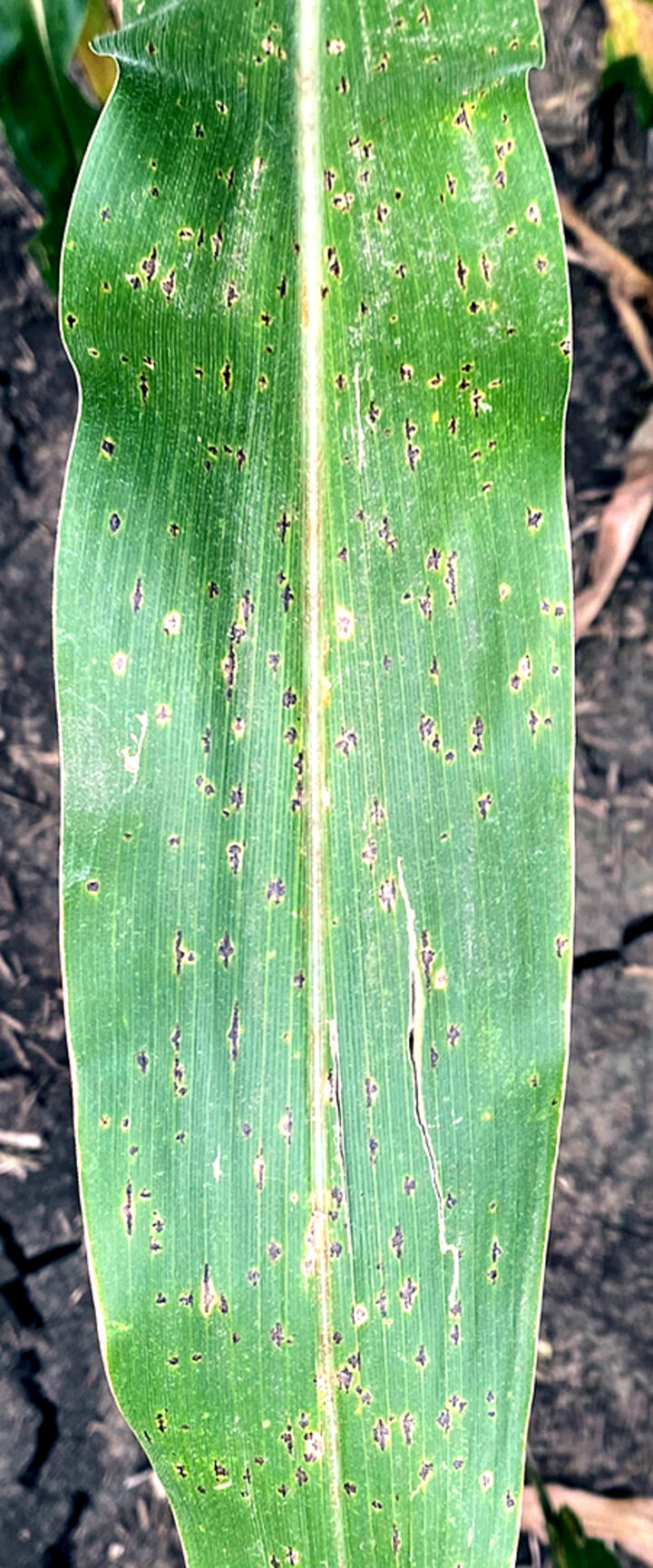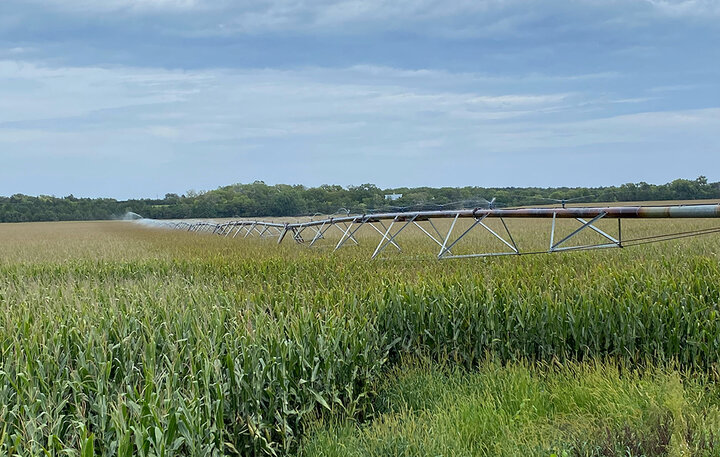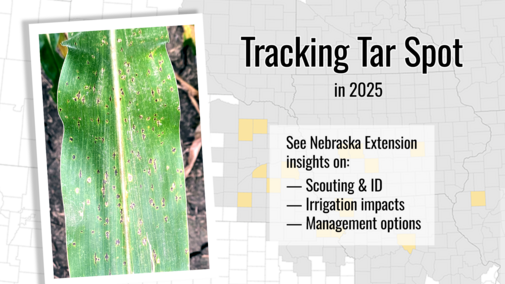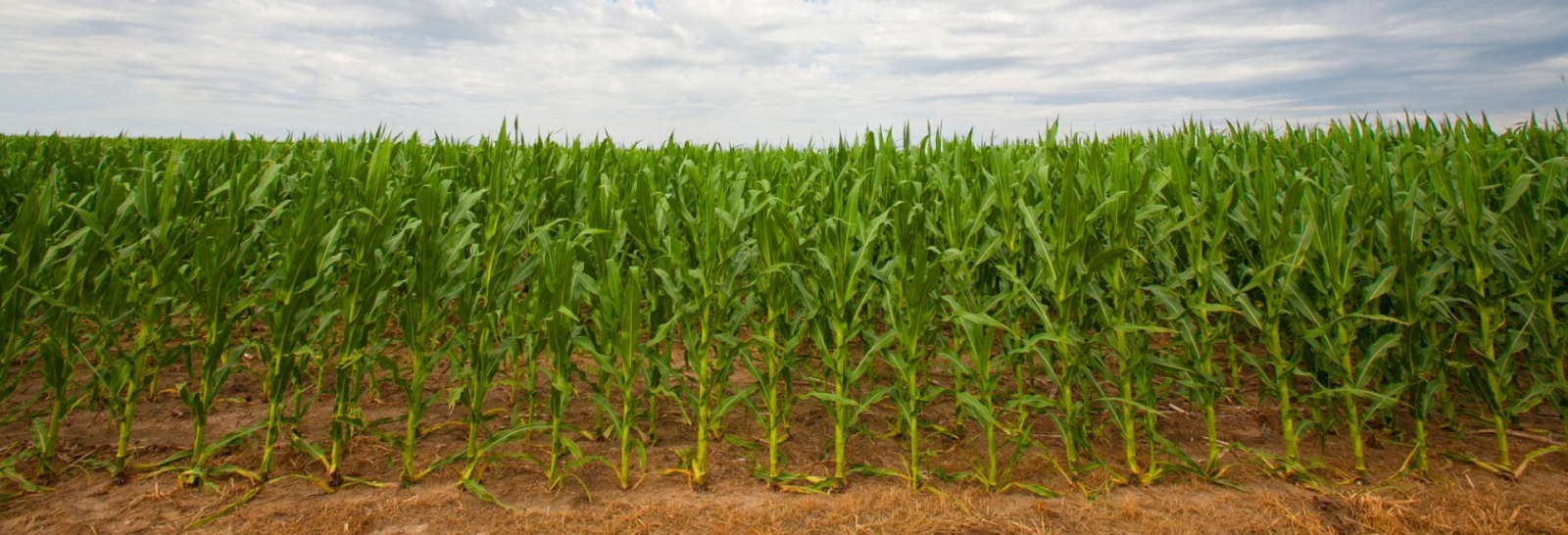Tar spot was confirmed in V6-V9 corn in several Nebraska counties (and other states) throughout the week of June 15, 2025. It may seem early for tar spot development, but early season development has been common in other states where the fungus has existed for a few years. Scouting efforts should be intensified in fields with a history of the disease or at higher risk, such as pivot-irrigated corn.

Fungicide applications are not recommended at this time for tar spot management. Multi-state fungicide research (led by Purdue University) results show that applications made for tar spot management are most effective and economical when made between R2-R3, even when disease developed during early vegetative stages.
It’s important to monitor disease severity and changes, especially during grain fill stages. Treatment by the time disease reached 5% severity on the ear leaf by the R3 (milk) stage was still effective.
See Figure 1 for the current reported tar spot distribution map and send samples to the UNL Plant and Pest Diagnostic Clinic for tar spot testing.
Tar Spot

Tar spot (Figure 2) is a disease caused by the fungus Phyllachora maydis, which was first confirmed in the United States in 2015. This pathogen spread from Illinois and Indiana since its first report in 2015 and was confirmed in several of the easternmost counties in Nebraska in October 2021. The disease has continued spreading in Nebraska corn under favorable conditions because the fungus survives year after year.
Tar spot is recognized by the black spots (fungal stromata) that develop on corn leaves and husks. The stromata continue elongating during the season and produce spores that splash and blow to other plants, spreading disease further. In severe cases, tar spot can prematurely senesce leaves and reduce yield. Weather and canopy conditions can strongly influence tar spot development.
Favorable Conditions for Tar Spot Development:
|
Irrigation Impacts Corn Canopy Microclimate
In much of Nebraska, favorable conditions occur more commonly during the months of August and September. Unfortunately, some crop management practices can exacerbate diseases, especially overhead irrigation that changes microclimate conditions in the crop canopy.
To evaluate this effect, one UNL study compared rainfed corners to two irrigated regions — the second and last span of the center pivot (Figure 3). These spans may vary due to differences in irrigation duration. Analyses of 25 different irrigation events are highlighted below.
Results from 2023-2024 research in center pivot-irrigated (Figure 3) Nebraska corn fields show that irrigation alters the corn canopy microclimate:
- Air temperature decreased under irrigation for more than eight hours and up to 16.5°F when compared to the rainfed corner.
- The second span remained 1°F cooler than the last span
- Relative humidity increased for more than eighgt hours, up to 46% more than the rainfed corner.
- Leaves were wet for more than eight hours after an irrigation event.
- Corn plants under the second pivot span averaged 1.75 hours of leaf wetness longer than the last span.
- Irrigation occurred for 1.25 hours longer under inner spans than the outer spans.

Irrigation Impacts Foliar Corn Disease
The microclimate changes caused by overhead irrigation can create more favorable conditions for disease development. In addition to changes in microclimate, pathogens can be spread by splash effects from irrigation droplets.
To investigate these effects during 2024, disease severity was estimated in 25 center pivot irrigated corn fields. Disease severity was visually estimated as the percent of leaf area covered by tar spot in three field regions: second span, outermost span, and rainfed corner (Figure 4):
- Inner spans averaged 3.5% tar spot severity and 5.4% southern rust severity.
- Outermost spans averaged 3.3% and 4.8% severity for tar spot and southern rust, respectively.
- Rainfed corners recorded levels of 1.6% and 1.9% of tar spot and southern rust.

Conclusion
In conclusion, results from research conducted during 2023-2024 on microclimate and disease development showed a strong relationship between irrigation and increased levels of foliar diseases in Nebraska. Results suggest that this may be caused by irrigation decreasing temperature, while increasing relative humidity and/or leaf wetness. More research is needed before changes in irrigation management are recommended.
UNL researchers are also currently exploring potential adaptations to irrigation systems and the efficacy of fungicide chemigation. However, when scouting for early disease development, it is recommended to focus scouting efforts in the innermost pivot spans.

